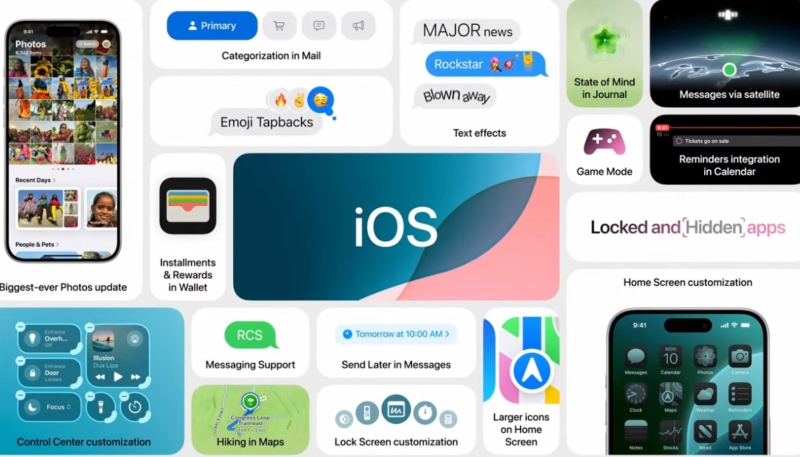Time is moving fast in the camera world. Very few people owned, used, or carried DSLRs, and now big cameras are a dime a dozen. When someone held a little point and shoot, that person did not take photography seriously. Fast forward a few years and now manufacturers are repackaging the DSLR into smaller bodies and colouring them vintage.
Nikon did not only stuff a DSLR into a smaller body; it made it pocketable.
The Coolpix A is a cool camera indeed. The sensor is rather large for the body, measuring 23.6×15.7mm with a fixed f/2.8 lens with a focal equivalent to 28mm, placing it in the range of street photography. How Nikon managed to engineer such a large, high quality sensor and lens into a tiny body is incomprehensible, but the result is a great companion camera.
How it Feels
“Comfortable” immediately comes to mind as soon as you hold the camera. The body not only feels premium, but sturdy as well despite the light weight. This is no cheap plastic or metal point and shoot; holding the Coolpix A feels like holding a tiny DSLR. The rubber grip on the right feels right, and the dials and toggles are firm; you will not be changing any setting in error. In fact, the focus switch is stiff enough to be cumbersome at times. The camera dimensions and weight make it just perfect to carry with you anywhere you go. The only sore point is that there is no optical viewfinder, forcing you to take photos a la iPhone mode.
So Many Shooting Modes
While many DSLRs have different shooting modes along with manual and aperture/shutter priority, they tend to be rather useless — and why would one buy a DSLR to use auto mode, anyway? The Coolpix A packs in a familiar set of shooting modes and adds plenty more to cover most of your occasions — including pets and babies. What’s better, though, is that they work. This is one of the few cameras (and the only one I have used) where the preset shooting modes are great to use. The sunset, landscape, macro, and night scenes work beautifully, each optimising the hues, noise reduction, and sharpness control.
Should you prefer to have more control, the Coolpix A also comes with manual and aperture/shutter priority. The aperture ranges is f/2.8 – f/22 and the shutter goes from 30″ to 1/2000s. The shutter may limit more extreme types of photography, but one has to keep in mind that the camera is not designed for that.
That Nikon Menu
As a Canon user, my biggest gripe about Nikon has always been the complex menu system. Perhaps I am not intelligent enough to grasp it — a common insult from Nikon to Canon users — but I will take in Canon’s simpler menu system any day.
At first glance it is easy to mistake the Coolpix A for a DSLR; there are too many options it is overwhelming. Thankfully, Nikon incorporated a help button you can press over any menu item for a description. But the biggest problem is not that the menu is over-stuffed; it is that the menu is central to how the camera operates.
Two function buttons (one in front and one in the back of the camera) can be mapped to your most frequent camera functions (ISO or bracketing for example), and the rest will have to be accessed either through the quick menu or the full menu system. While ultimately it isn’t that bad, if you’re coming from a DSLR you’ll have to adapt to having less buttons to press and more scrolling to do. That said, the fact that there is no optical viewfinder forces you to keep looking at the LCD screen and its menus whether you want to or not.
Macro on a Wide Lens
When one thinks of macro, 28mm isn’t what normally comes to mind. Macro in this sense does not mean an image of dragonfly eyeballs; rather, it’s simply a matter of how close you can get to your subject.
In that regard, the macro performance on the Coolpix A is hit and miss. Focusing is an absolute nightmare, with over 80% of the time resulting in failure. At times it manages to lock focus few inches from the subject; at other times it fails to if you change your composition ever so slightly. Manual focus has always been the preferred modus operandi for macro, and on this camera it is almost a requirement in most cases.
Not that Noisy
Noise is mostly a non-issue for the camera except for very high settings. In most cases, ISO 3200 is very acceptable, and only at the extreme ends does the noise become a problem. If the images are to be resized for online use, email, and FB, then noise shouldn’t be much of a concern.
Rough Around the Edges
Images are beautiful, crisp, and sharp — except around the edges at wide-open apertures. As can be seen in this 100% crop, at f/2.8 the centre is incredibly sharp but the edges suffer considerably. Barrel distortion is also more prevalent along the edges, and an ever-present vignette could be a problem if it isn’t your thing (I personally like it).
Another problem that the camera has is the auto-focus speed. In many situations, it is just fine for street photography. Sports shots and “moment” shots, however, will require planning on your part, and very often the focus will fail you. Macro focusing, as mentioned, is not worth using in many situations unless you’ve memorised the exact distance you need to be away from the subject.
Beautiful, Tiny Camera
What Nikon did with the Coolpix A is admirable. Packing in a large sensor that dishes out great images in a small body is certainly not an easy accomplishment. The camera does, however, have many shortcomings, though many are more of a false expectation than a fault. The fastest shutter speed may not be fast enough, and the f/2.8 may deter some enthusiasts who shoot plenty in low light. The menu system could have been more streamlined, but it is deliberate to give a sense of familiarity for DSLR users.
Samples






